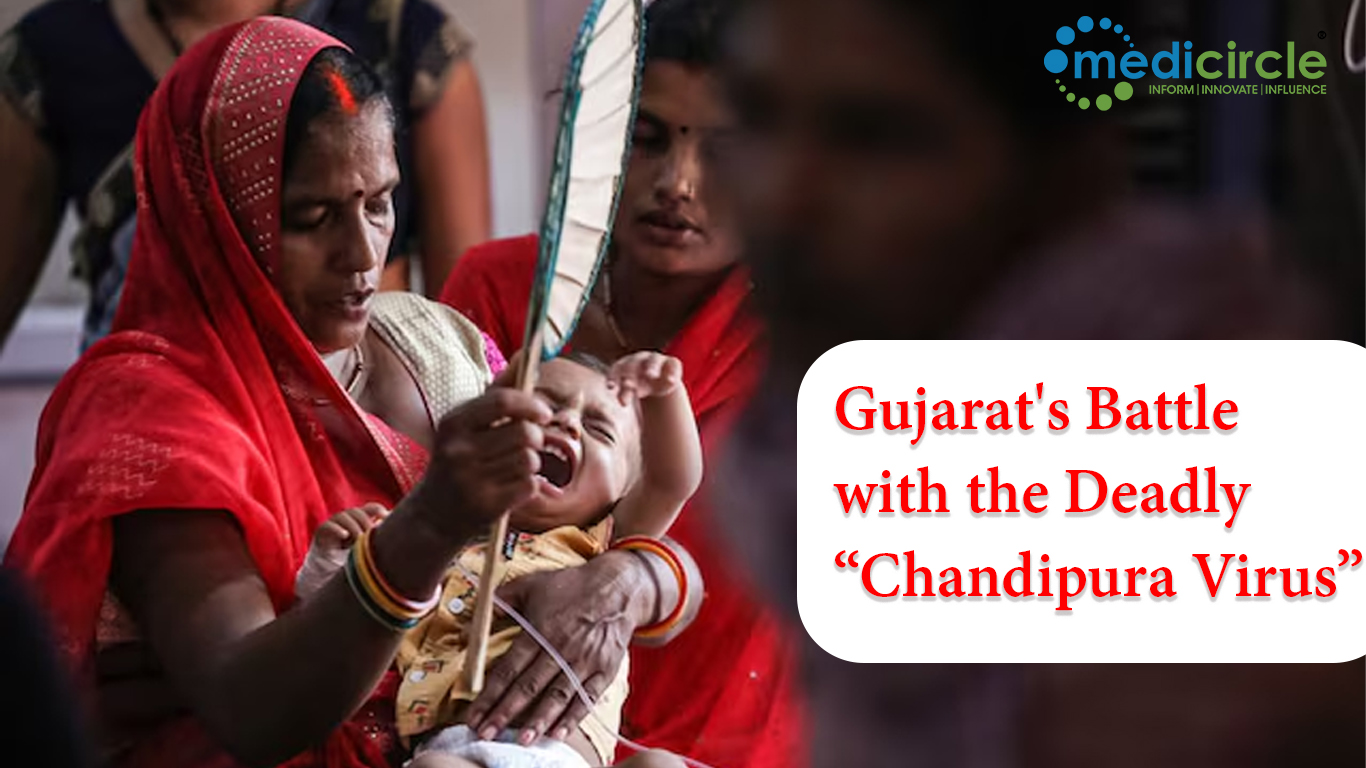Viral encephalitis has become a significant public health concern in Gujarat, India, with at least 56 fatalities reported recently. This alarming increase has prompted state authorities to intensify their monitoring and control efforts. The Chandipura virus, responsible for many of these deaths, predominantly affects children under 15.
Viral encephalitis is an inflammation of the brain caused by a viral infection. Symptoms can include high fever, headaches, and neurological issues such as seizures and confusion. In severe cases, it can lead to permanent brain damage or death. The disease is common during the monsoon season in India due to increased activity of vectors like sand flies and ticks.
The Chandipura virus, named after the town in Maharashtra where it was first identified, is a relatively new pathogen that has been causing concern in several Indian states. It primarily affects children, leading to a higher mortality rate among young patients. In Gujarat, out of the 56 recent deaths, a quarter were attributed to this virus.
Health Commissioner Harshad Patel has confirmed that nearly all affected patients are children. The state has registered 133 cases of viral encephalitis in the past month, with 47 confirmed to be caused by the Chandipura virus. Cases were initially detected in two northern districts but have since spread to over two dozen districts across the state.
To combat the outbreak, local health authorities have intensified their surveillance and monitoring efforts. They are focusing on areas with reported cases and enhancing public awareness about the disease and its vectors. The health ministry emphasizes that vector control, hygiene, and public awareness are the primary measures to prevent the spread of viral encephalitis.
Preventive Measures
1. Vector Control: Reducing the population of sand flies and ticks through insecticide use and environmental management.
2. Hygiene: Encouraging personal and community hygiene to reduce the chances of infection.
3. Public Awareness: Educating the public about the signs and symptoms of viral encephalitis and the importance of seeking immediate medical attention if symptoms appear.
Early detection and treatment are crucial in managing viral encephalitis. Parents and caregivers should be vigilant for symptoms such as high fever, severe headache, confusion, or seizures in children. Prompt medical intervention can significantly improve outcomes and reduce mortality rates.
Healthcare providers play a vital role in controlling the spread of viral encephalitis. They are responsible for diagnosing and treating affected individuals and educating the community about preventive measures. Medical professionals should stay informed about the latest developments and guidelines regarding the management of viral encephalitis.
Several challenges exist in controlling the spread of viral encephalitis, including:
- Limited Resources: Rural areas may lack adequate healthcare facilities and resources to handle outbreaks effectively.
- Environmental Factors: The monsoon season creates ideal conditions for the proliferation of vectors, making it difficult to control their populations.
- Public Compliance: Ensuring public compliance with preventive measures can be challenging, especially in densely populated and underprivileged areas.
To address the ongoing outbreak and prevent future occurrences, the following steps are recommended:
1. Enhanced Surveillance: Continuous monitoring of viral encephalitis cases and vector populations to identify and address outbreaks promptly.
2. Research and Development: Investing in research to develop vaccines and treatments for viral encephalitis, including the Chandipura virus.
3. Capacity Building: Strengthening healthcare infrastructure and training healthcare workers to manage and control outbreaks effectively.
4. Community Engagement: Involving community leaders and organizations in awareness campaigns and preventive measures to ensure widespread participation and compliance.
The recent surge in viral encephalitis cases in Gujarat highlights the need for urgent and sustained efforts to control the spread of this deadly disease. By implementing effective vector control, promoting hygiene, and raising public awareness, we can protect vulnerable populations, particularly children, from the devastating effects of viral encephalitis. Collaborative efforts between the government, healthcare providers, and the community are essential in addressing this public health crisis and preventing future outbreaks.

 Viral encephalitis is an inflammation of the brain caused by a viral infection. Symptoms can include high fever, headaches, and neurological issues such as seizures and confusion.
Viral encephalitis is an inflammation of the brain caused by a viral infection. Symptoms can include high fever, headaches, and neurological issues such as seizures and confusion.










.jpeg)













.jpg)
.jpeg)





